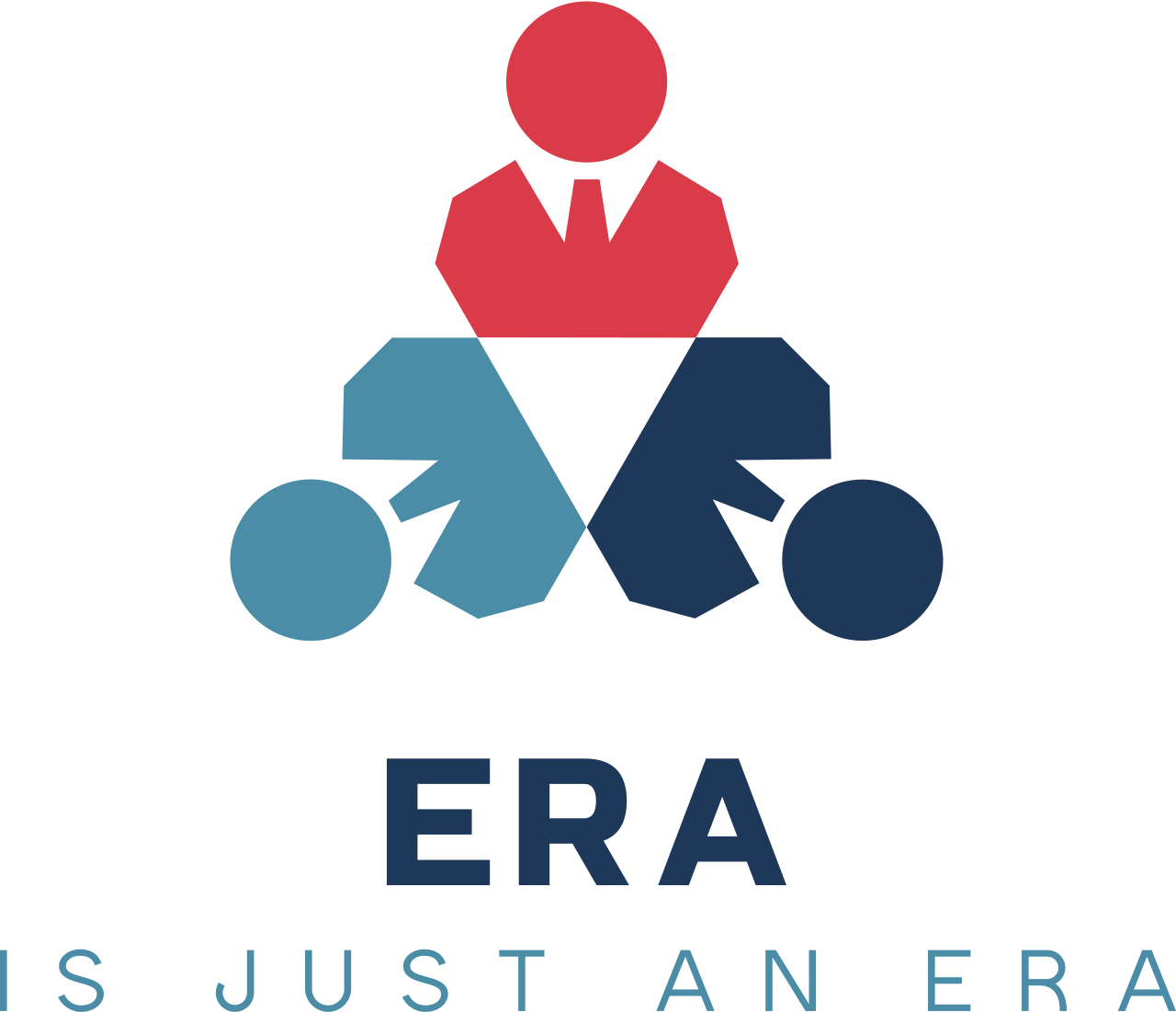Innovative Intersections: Pioneering New Frameworks to Tackle Social I
How can the exploration of the emergence and cultural significance of Black dandyism, as presented in the upcoming Met Gala exhibition, inform future research on the intersections of race, fashion, and public representation?
In today’s evolving social landscape, groundbreaking research is opening up promising avenues in how we understand and address socioeconomic disparities. Scholars are moving beyond conventional analyses to examine the complex ways in which disability intersects with gender, race, age, and other social dimensions. Their innovative approach integrates an intersectional framework that shifts the narrative from simple comparisons to a nuanced exploration of how multiple axes of oppression compound to produce layered inequality.At the heart of these new insights lies the recognition that disability cannot be viewed in isolation. Instead, the interplay between disability and other marginalized statuses reveals an intricate web of disadvantages affecting poverty and employment outcomes. Researchers are now leveraging nationally representative data to offer a more comprehensive picture of these disparities, taking into account not only cash income but also factors such as childcare, medical expenses, and noncash benefits. This methodological innovation brings policy analysis closer to real-world complexities by providing more accurate approximations of a family’s economic resources and needs.Moreover, a shift towards Disability Justice encourages a rethinking of traditional policy solutions. By focusing on anti-capitalist structural reforms and centering the experiences of those most affected by intersecting systems of oppression, this framework emphasizes collective liberation over isolated policy adjustments. This approach is particularly poignant when examining urban dynamics, where modern interactions blur the lines between public and private realms, reshaping community engagement in an increasingly digital world.In summary, these innovative methodologies and frameworks not only challenge existing paradigms but also offer robust strategies for dismantling systemic inequalities. By embracing an intersectional lens and incorporating multidimensional data, the research underscores the transformative potential of integrated social analysis in fostering equitable change.
